The world of pet snake ownership is a fascinating journey into biodiversity, with color morphs representing one of the most captivating aspects of reptile keeping. These genetic variations create a stunning palette of patterns, colors, and textures that have revolutionized the hobby. From vibrant albinos to intricate patterns that seem painted by nature’s finest artist, non-venomous pet snakes display an astonishing range of appearances that continually evolve through selective breeding. This article delves into the science, history, and practical aspects of color morphs in popular pet snake species, offering insight for both novice enthusiasts and experienced keepers into this colorful dimension of herpetology.
The Science Behind Snake Color Morphs
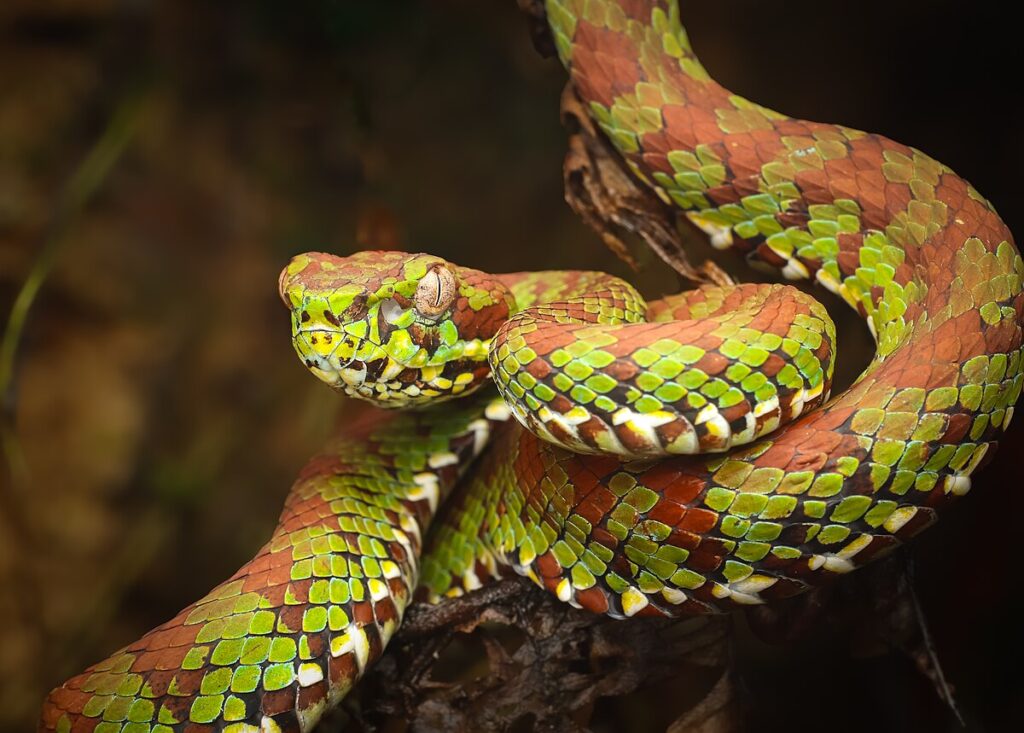
Color morphs in snakes result from genetic mutations that affect pigment production or pattern development, creating variations from the wild-type appearance. These mutations can be dominant, recessive, co-dominant, or polygenic, determining how they’re expressed and inherited in offspring.
Recessive mutations, among the most common, require two copies of the gene to display visually, meaning both parents must contribute the genetic trait. The complex interplay of these genetic factors has led to thousands of distinct morphs across different snake species, with new combinations emerging regularly through selective breeding programs.
Understanding these genetic principles is essential for breeders seeking to produce specific color variations and for hobbyists wanting to predict the outcomes of pairings.
Ball Python Morphs: The Kings of Variation
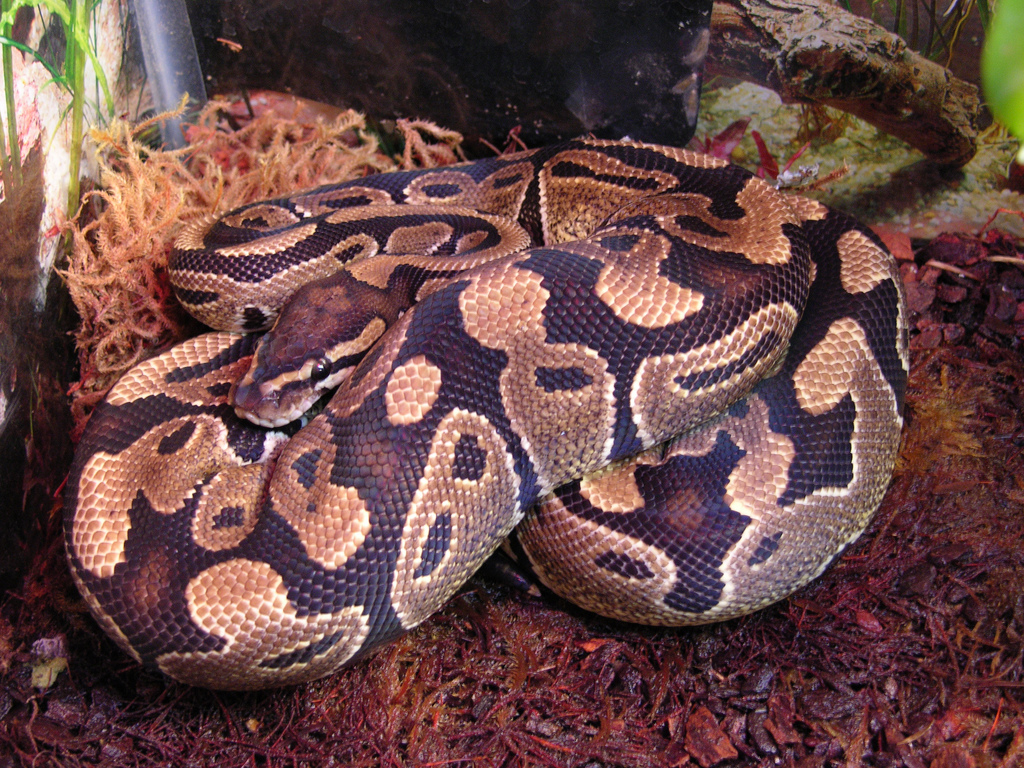
Ball pythons (Python regius) reign supreme in the morph world, with over 4,000 documented color and pattern variations that have transformed this West African species into the most morphologically diverse reptile in captivity. The first significant breakthrough came with the albino ball python in the 1990s, which sparked a revolution in snake breeding and set prices soaring into the tens of thousands of dollars for novel morphs.
Today’s market features everything from the stark white Blue-Eyed Leucistic to the vibrant Banana morph with its yellow background and distinctive patterning. Particularly prized combinations include the Galaxy (combining Black Pastel, Cinnamon, and Pastel genes) and the sought-after Sunset Phantom morphs, which can command premium prices from collectors. The ball python’s docile temperament, manageable size, and incredible genetic plasticity have cemented its position as the flagship species for morph enthusiasts.
Corn Snake Color Diversity
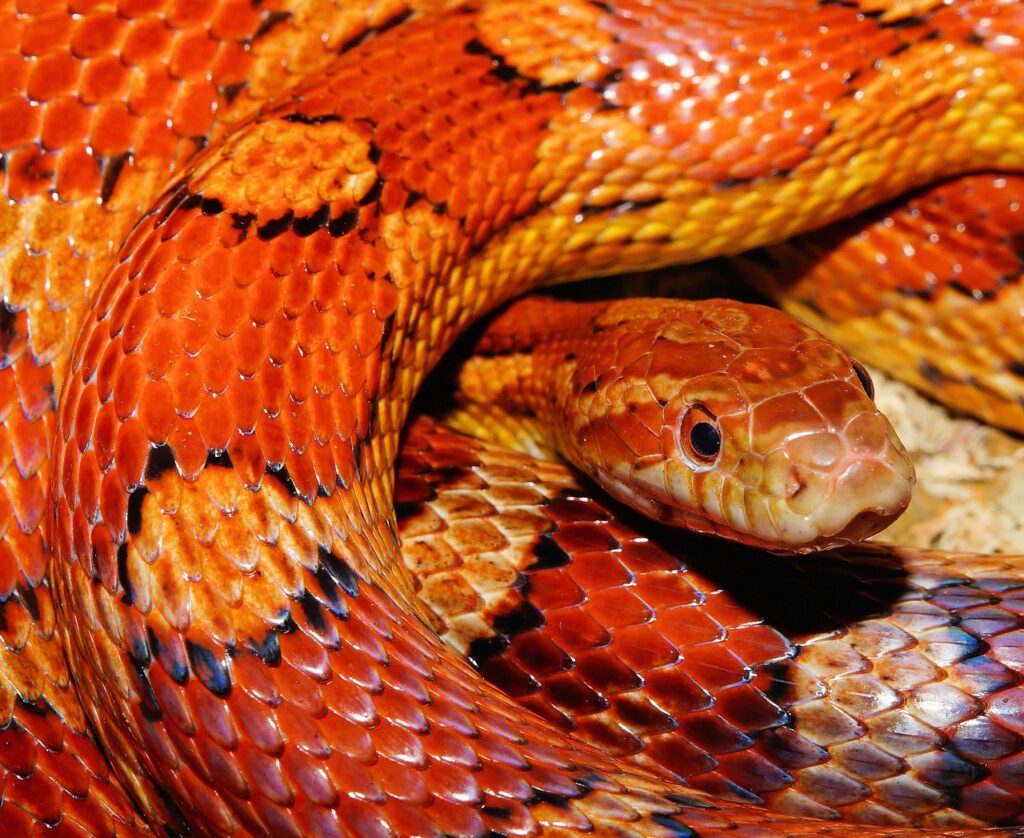
Corn snakes (Pantherophis guttatus) represent the perfect entry point for morph enthusiasts, combining affordable prices with extraordinary color diversity. The amelanistic (albino) corn snake, with its red and orange coloration against a clean white background, revolutionized the hobby when it first appeared in captive collections.
Beyond albinism, corn snakes display striking morphs like the ghostly-white Blizzard, the pattern-less Bloodred, and the strikingly patterned Tessera. Breeders have developed stunning combinations like the Candy Cane (combining amelanistic and hypomelanistic genes) that features vibrant red saddles on a pearly white background.
The genetic malleability of corn snakes, combined with their excellent temperament and straightforward care requirements, has established them as the quintessential beginner-friendly snake for color morph enthusiasts.
Boa Constrictor Morphs: Size and Splendor
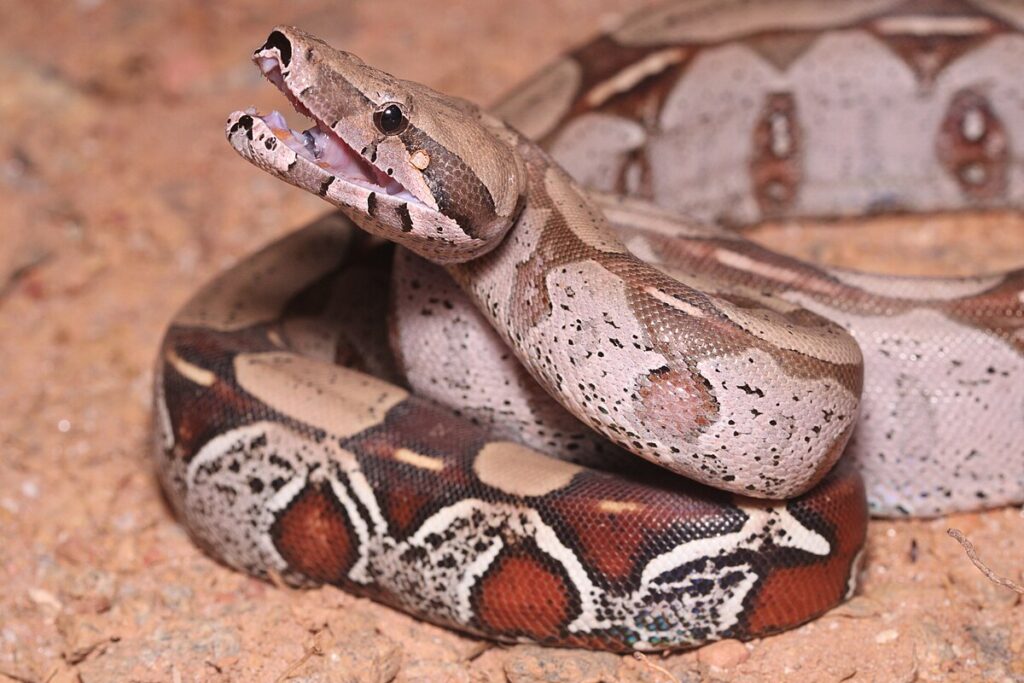
Boa constrictors (Boa imperator and related species) blend impressive size with remarkable color variations, offering keepers substantial snakes with extraordinary appearances. The Hypo (short for hypomelanistic) morph creates clearer, brighter patterns by reducing dark pigmentation, while the coveted Albino morph transforms the typically earthy tones into striking patterns of pink, orange, and cream.
Sharp Sunglow boas, combining albino and hypo genes, display vibrant sunset-orange coloration that has made them highly sought after in the hobby. The Motley morph disrupts the traditional saddle pattern into a clean striped appearance, while the IMG (improved modified genetic) line features intensified red coloration unlike anything seen in wild specimens. Despite their larger size requirements, morphed boas have maintained steady popularity due to their impressive presence and the vivid colors that develop as they mature.
Kingsnake and Milksnake Morphs
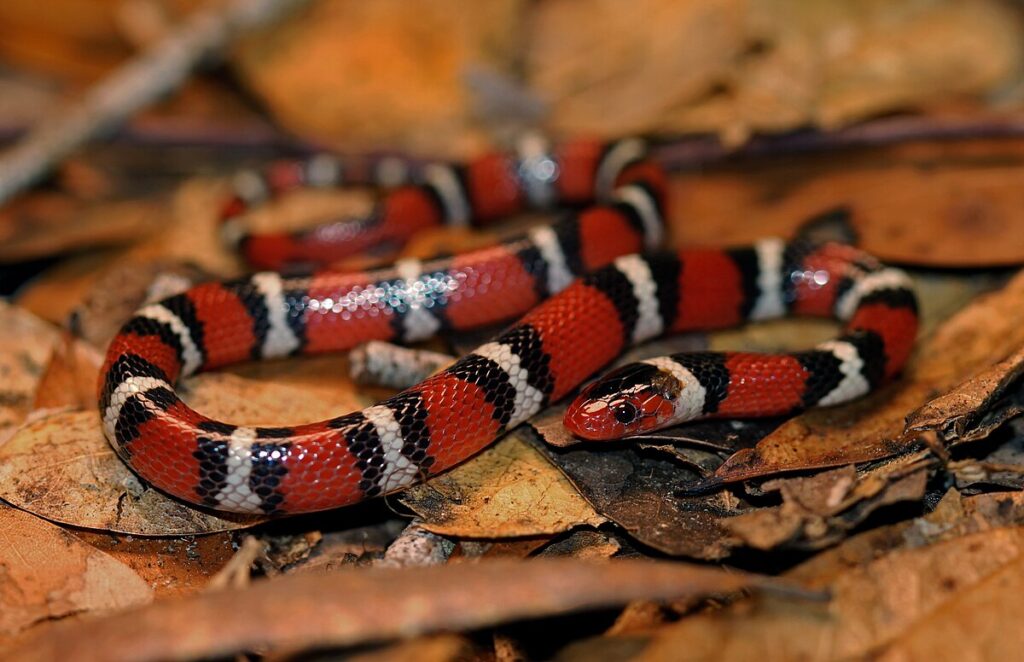
Kingsnakes and milksnakes (Lampropeltis species) offer some of the most dramatic color patterns in the reptile hobby, with their natural banding lending itself perfectly to genetic manipulation. The California Kingsnake alone displays incredible variety, from the high-contrast Black and White Bandeds to the striking pattern aberrations of the Hypermelanistic morphs.
Albino variants across different Lampropeltis species produce candy-like colors, with the Albino Tangerine Honduran Milksnake displaying almost fluorescent orange banding that appears to glow against its white background. The Nelson’s Milksnake morphs feature particularly vibrant tricolor patterns of red, black, and white or yellow that have made them favorites among collectors. These snakes combine manageable size with bold coloration, making them perfect display animals for keepers seeking visual impact without the space requirements of larger species.
Western Hognose Snake Color Variations
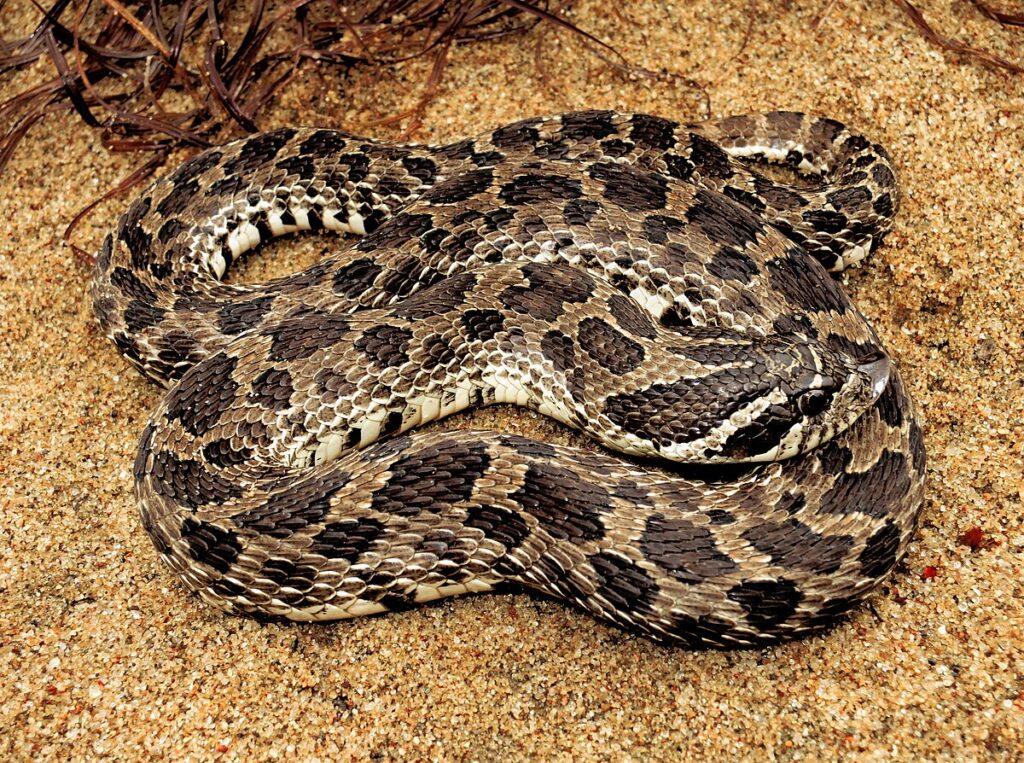
Western Hognose snakes (Heterodon nasicus) have surged in popularity partly due to their endearing upturned snouts and partly because of their spectacular color morphs. The Albino morphs transform the typical brown and black patterns into shades of orange, pink, and cream, creating a softer, warmer appearance that emphasizes their characteristic blotched pattern.
Axanthic hognoses, lacking yellow pigment, display striking silver and black colorations that contrast dramatically with their wild-type counterparts. The Super Arctic morph pushes this even further, creating almost ghostly white snakes with minimal patterning that develop more character as they mature.
The Anaconda morph, with its reduced pattern and enhanced ground color, creates a cleaner, bolder appearance that has become highly sought after by collectors. These small-bodied snakes (rarely exceeding 30 inches) combine dramatic coloration with charming personalities, making them ideal candidates for morph enthusiasts with limited space.
Genetics and Breeding Considerations
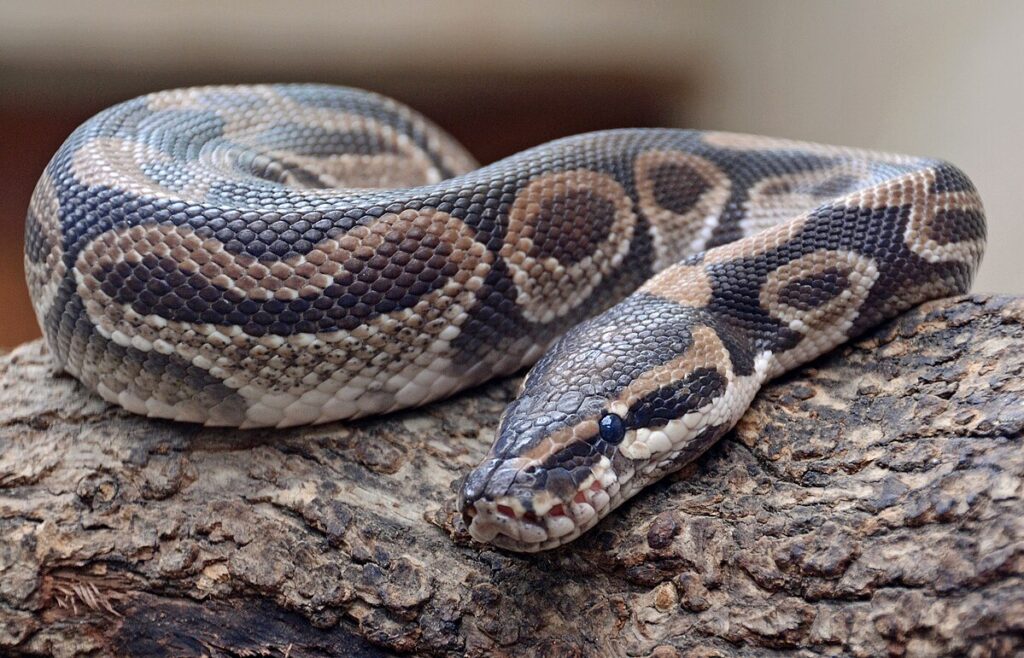
Breeding for specific snake morphs requires careful genetic planning and an understanding of inheritance patterns to achieve desired results. Recessive traits require both parents to carry the gene for offspring to display the trait, while dominant traits need only one parent to pass on the characteristic.
Co-dominant (also called incomplete dominant) traits show one appearance when inherited from one parent and a different “super form” when inherited from both. Establishing a successful breeding program means keeping meticulous records of genetic history, as many morphs can carry “hidden” genes that aren’t visually apparent but may appear in offspring.
Ethical considerations are paramount, as some morphological traits (like “Spider” in ball pythons) can be associated with neurological issues that affect quality of life, raising important questions about prioritizing appearance over health. Responsible breeders focus on producing not only visually striking animals but also those with sound temperaments and robust health.
Care Differences Among Morphs
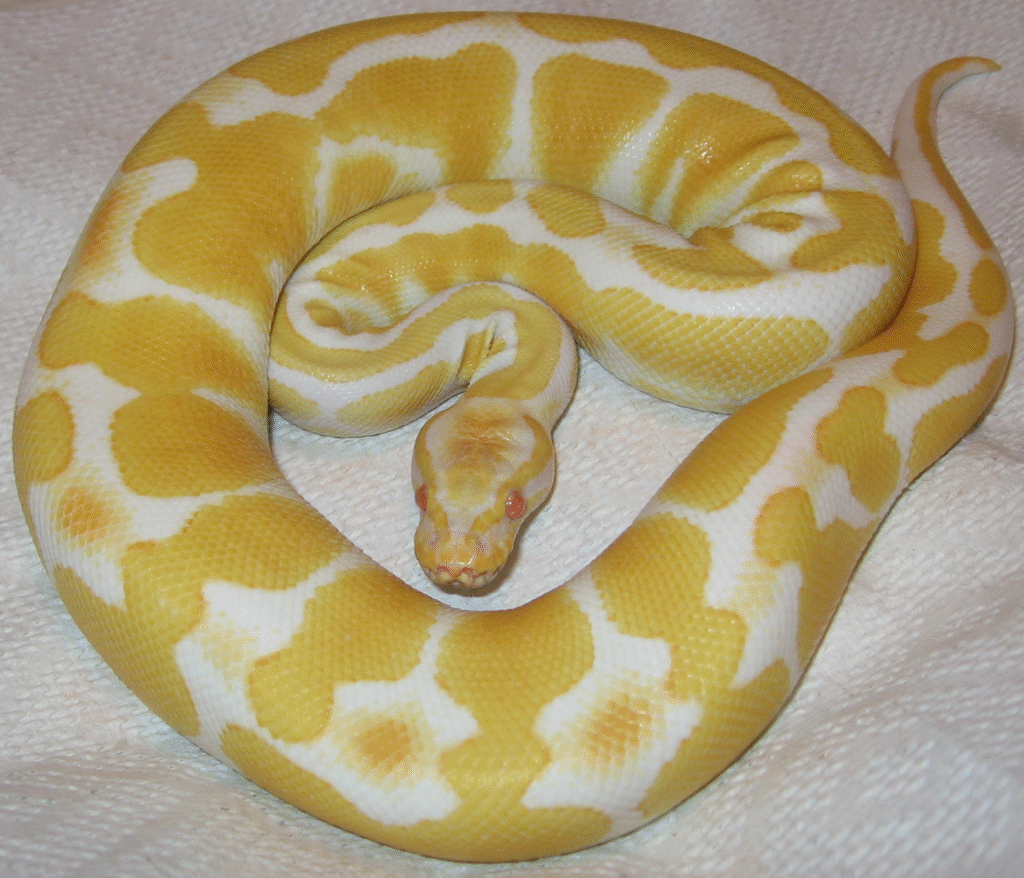
Certain color morphs require specialized care considerations beyond what’s needed for their wild-type counterparts, particularly morphs affecting pigmentation. Albino snakes and other morphs with reduced melanin are more sensitive to bright light and may experience stress or eye damage from excessive UVB exposure, necessitating dimmer lighting arrangements.
Leucistic and other high-white morphs often have higher visibility in their enclosures, potentially increasing stress unless adequate hiding places are provided. Some pattern-reducing morphs like Scaleless ball pythons require higher humidity and more careful substrate selection to avoid skin damage during shedding.
Beyond physical care differences, certain morphs may display behavioral variations; for instance, Lavender albino ball pythons anecdotally tend toward heightened sensitivity during handling compared to other variants. Understanding these nuanced care requirements is essential for maintaining the health and well-being of morphed specimens, regardless of their visual appeal.
The Investment Aspect of Morph Collecting
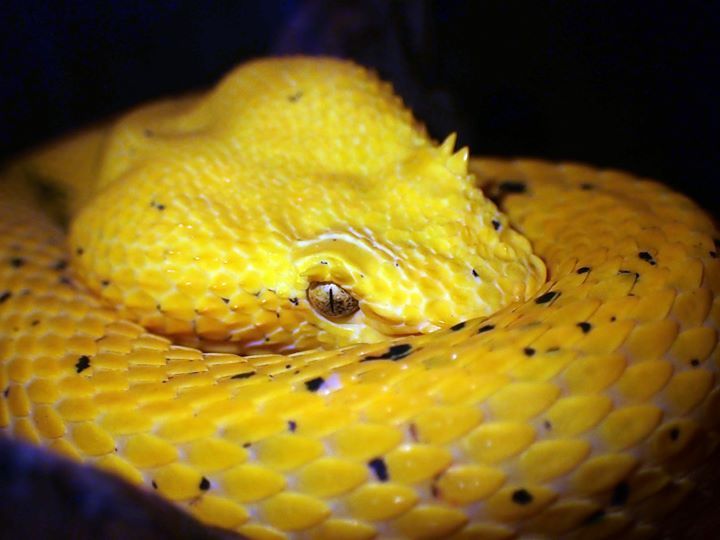
The financial landscape of color morph snakes operates under complex market forces that can make certain varieties significant investments. New or rare morphs often enter the market at premium prices, sometimes exceeding $10,000 for groundbreaking genetic combinations, before gradually decreasing in value as breeding success makes them more common.
Investing in emerging morphs carries both opportunity and risk, as not all new varieties maintain their value long-term, with market saturation sometimes dramatically reducing prices within just a few breeding seasons. The “designer morph” segment, featuring complex combinations of multiple genetic traits, typically commands the highest prices and slowest depreciation due to the difficulty in reproducing these combinations.
Many serious collectors approach their hobby with investment considerations in mind, carefully selecting morphs with both aesthetic appeal and potential future value, though experts caution against entering the hobby primarily for profit motives rather than genuine interest in the animals.
Ethical Considerations in Morph Breeding
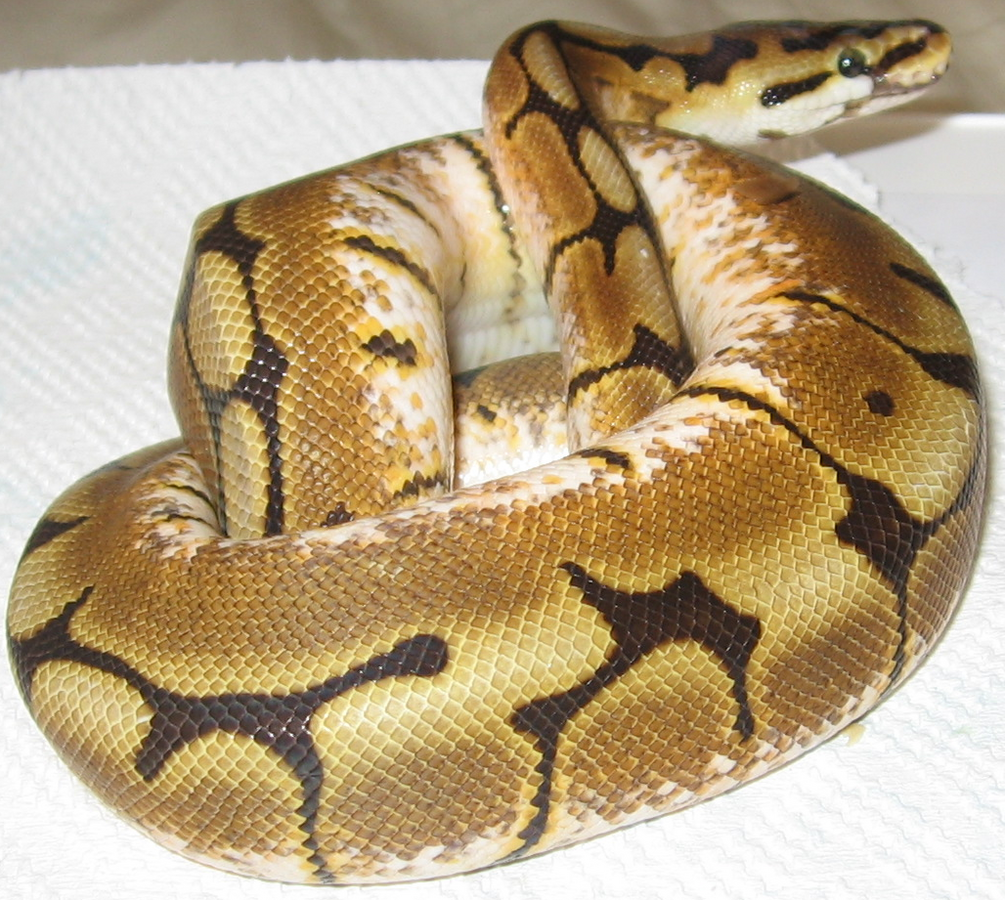
The ethics of breeding for extreme morphological traits remains a contentious topic within the reptile community, balancing aesthetic goals against animal welfare. Certain morphs, most notably the Spider ball python, demonstrate neurological issues manifested as “wobble syndrome,” affecting balance and precision movements—raising questions about whether breeding such variants prioritizes human preferences over animal well-being.
Morphs affecting scale development, such as Scaleless and Silkback varieties, can create practical challenges for the animals, including increased susceptibility to dehydration and injury that may impact quality of life. The practice of breeding extremely light-colored morphs in species that naturally use camouflage for stress reduction potentially creates animals ill-equipped for their evolutionary behavioral needs.
Responsible breeders increasingly emphasize health testing, selective pairing to minimize known issues, and transparency about potential challenges associated with specific morphs, helping to steer the hobby toward more ethical breeding practices.
Identifying Authentic Morphs
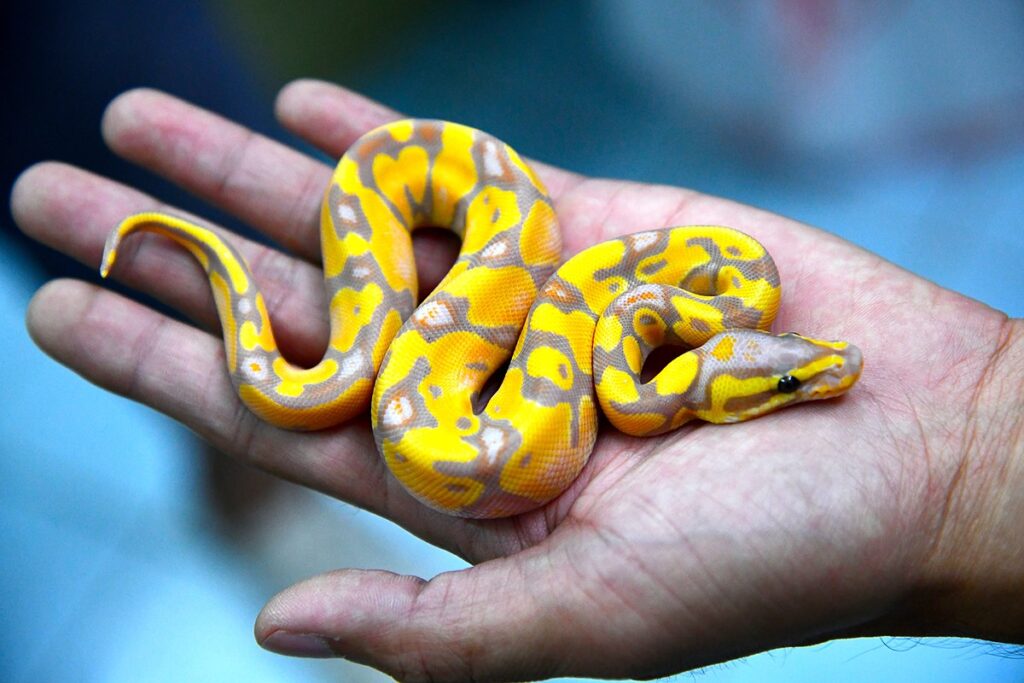
For novice collectors, distinguishing genuine morphs from clever marketing can be challenging in a market where terminology isn’t standardized. True genetic morphs result from heritable mutations that consistently produce the same characteristics in offspring when bred according to their inheritance pattern.
By contrast, some sellers may present particularly attractive normal specimens as “high color” or use creative naming conventions to suggest genetic distinctiveness where none exists. Temperature-induced variations, particularly common with certain patterns and colors that develop differently under various incubation conditions, are sometimes marketed as morphs despite not being genetically transmissible.
New enthusiasts should research bloodlines, ask for genetic history documentation, and ideally see both parents when making significant investments in purported morphs. Reputable breeders typically provide specific genetic information rather than simply using marketing terms, helping buyers understand exactly what mutations are present in their purchase.
Photography and Displaying Morphs
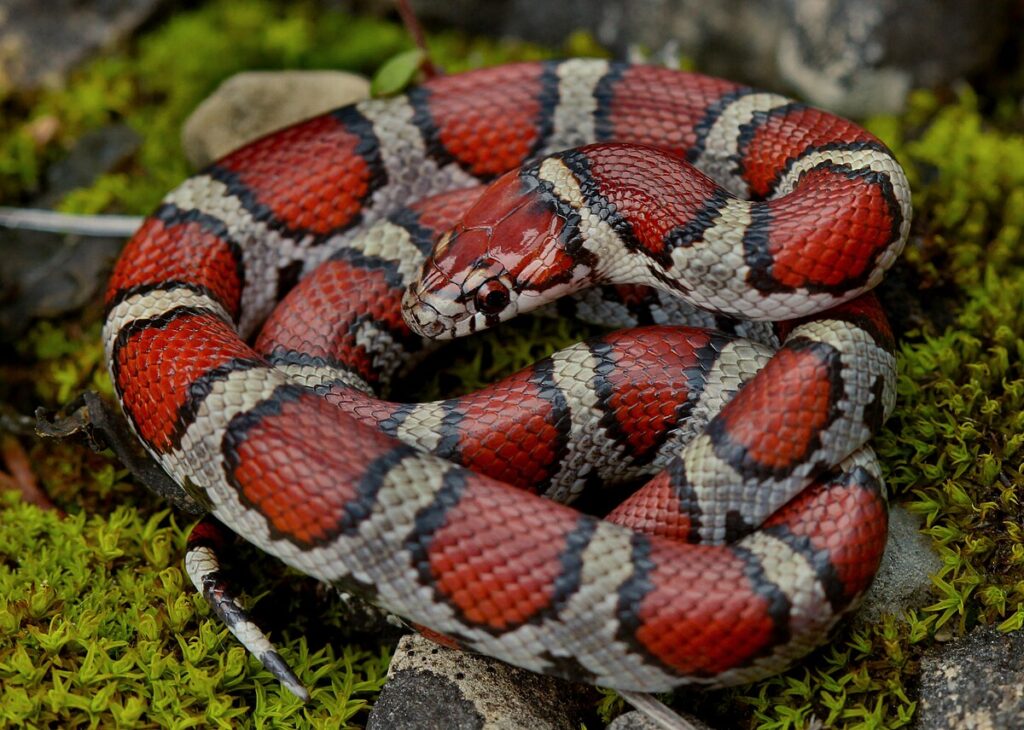
Photographing color morphs presents unique challenges, as capturing their true colors and patterns requires understanding how different lighting affects their appearance. Natural, indirect sunlight often provides the most accurate color representation, while artificial lighting can dramatically alter how morphs appear—potentially leading to disappointment when animals look different in person than in marketing images.
Display enclosures for prized morphs frequently feature specialized lighting designs that enhance particular color aspects; for instance, UVA-producing LEDs can make certain pigments appear more vibrant without the potential stress of bright visible light. Substrate choice significantly impacts how morphs are perceived, with many collectors selecting contrasting backgrounds to highlight particular traits—light-colored substrates for darker morphs and vice versa.
Professional breeders have developed sophisticated photography setups specifically designed to showcase morphological features accurately while still presenting animals in their most appealing light, balancing marketing needs with honest representation.
The Future of Snake Color Morphs
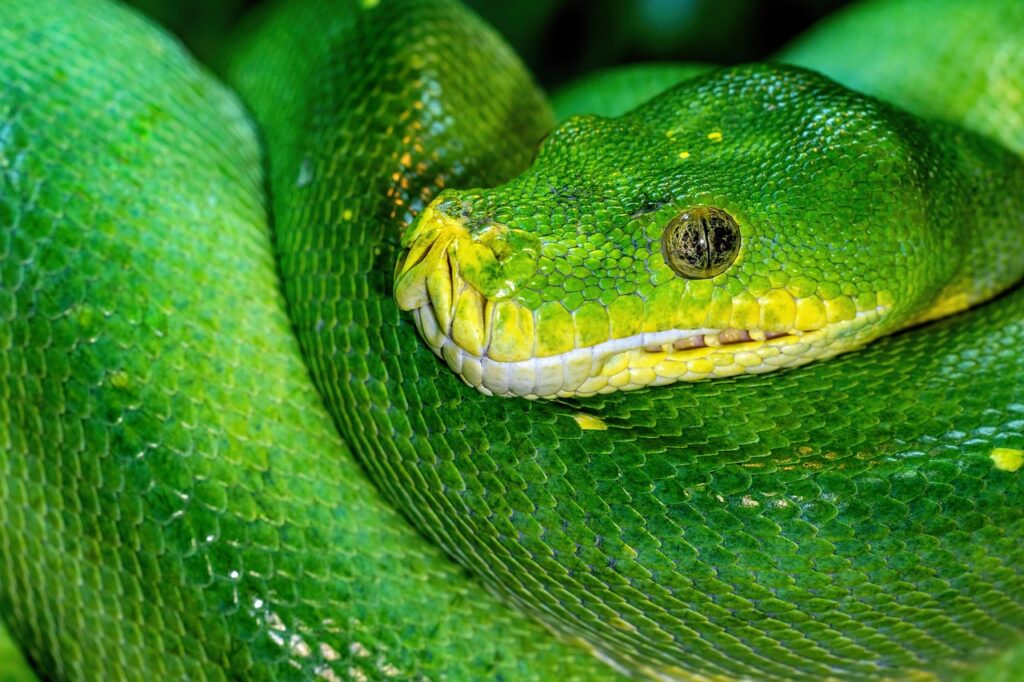
The frontier of snake morph development continues to expand, with genetic technology increasingly influencing breeding programs. Advanced techniques like gene mapping are helping breeders identify the specific genetic sequences responsible for desirable traits, potentially leading to more predictable breeding outcomes and novel combinations previously thought impossible.
The increasing accessibility of international bloodlines through improved shipping methods has accelerated the diversification of available morphs, with European, Asian, and American breeding lines now regularly crossing to create global genetic pools. Contemporary breeding focuses increasingly on polygenic traits—those influenced by multiple genes—which create more subtle and complex appearances than single-gene mutations.
As the hobby matures, many specialists predict a shift toward emphasizing morphs that combine visual appeal with robust health profiles, potentially moving away from extreme variations that compromise biological functions. This evolution suggests a promising future where aesthetic diversity continues to expand while welfare considerations become increasingly central to breeding program objectives.
The world of non-venomous snake color morphs represents a remarkable intersection of genetics, art, and animal husbandry that continues to evolve. From the thousands of ball python variations to the striking patterns of kingsnakes and the charming personalities of morphed hognoses, these animals offer endless fascination for enthusiasts.
While the aesthetic appeal of these snakes is undeniable, responsible ownership means balancing appreciation for their beauty with thorough understanding of their specific needs and genetic health considerations. As breeding technology advances and our knowledge deepens, the future promises even more extraordinary variations—hopefully developed with increasing emphasis on ethical considerations and animal welfare. For those entering this colorful world, these magnificent creatures offer not just visual splendor but a window into the remarkable plasticity of nature itself.

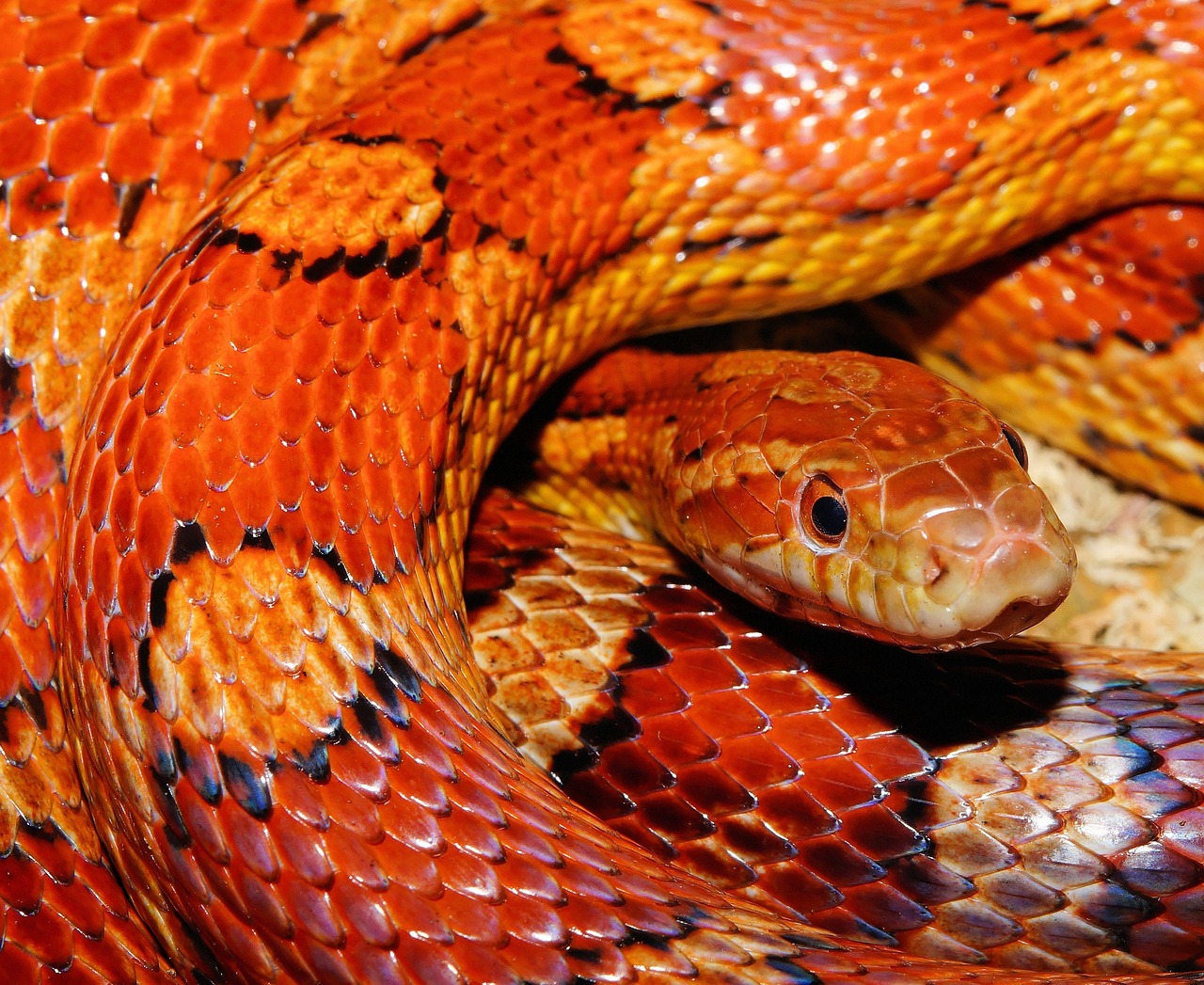

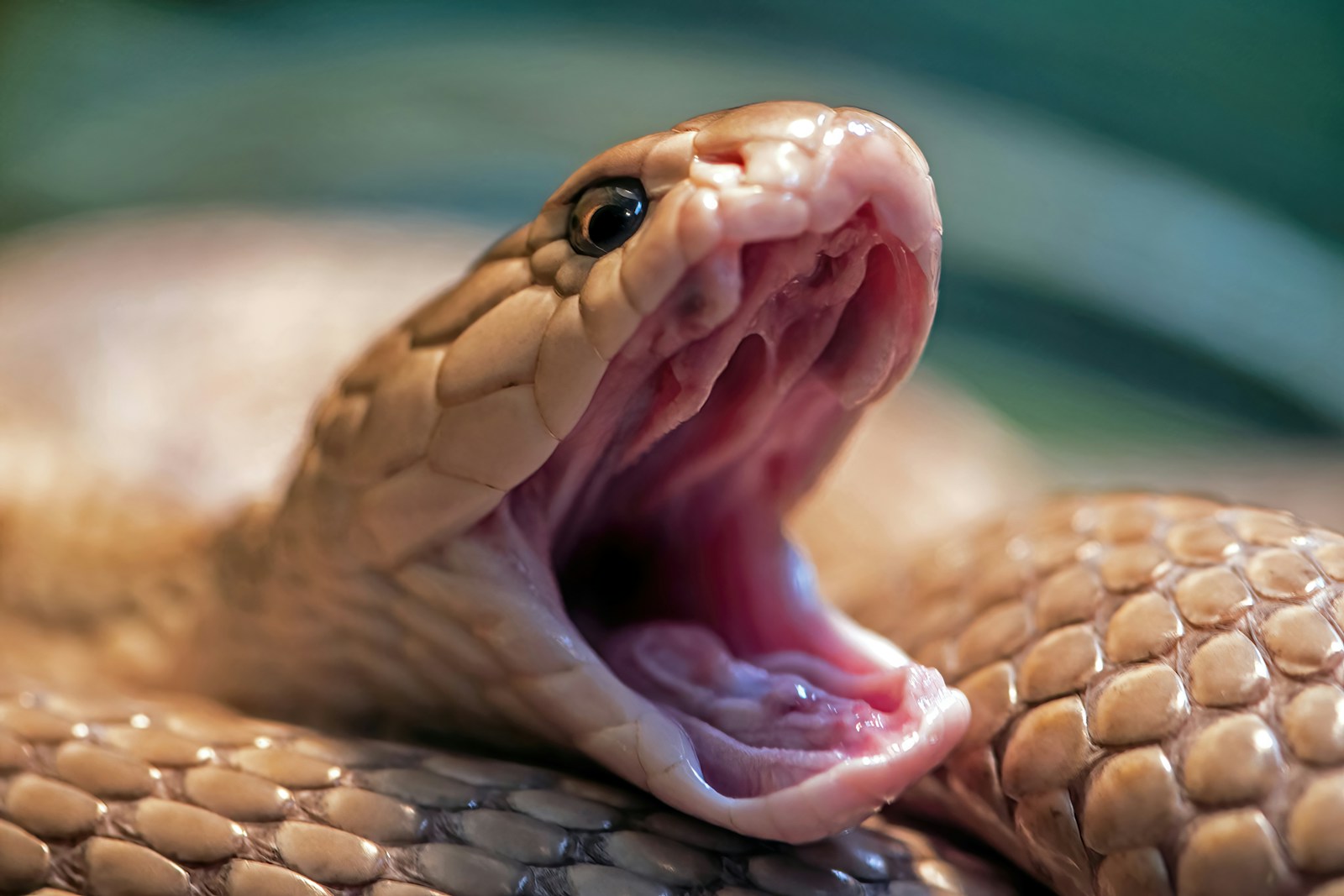

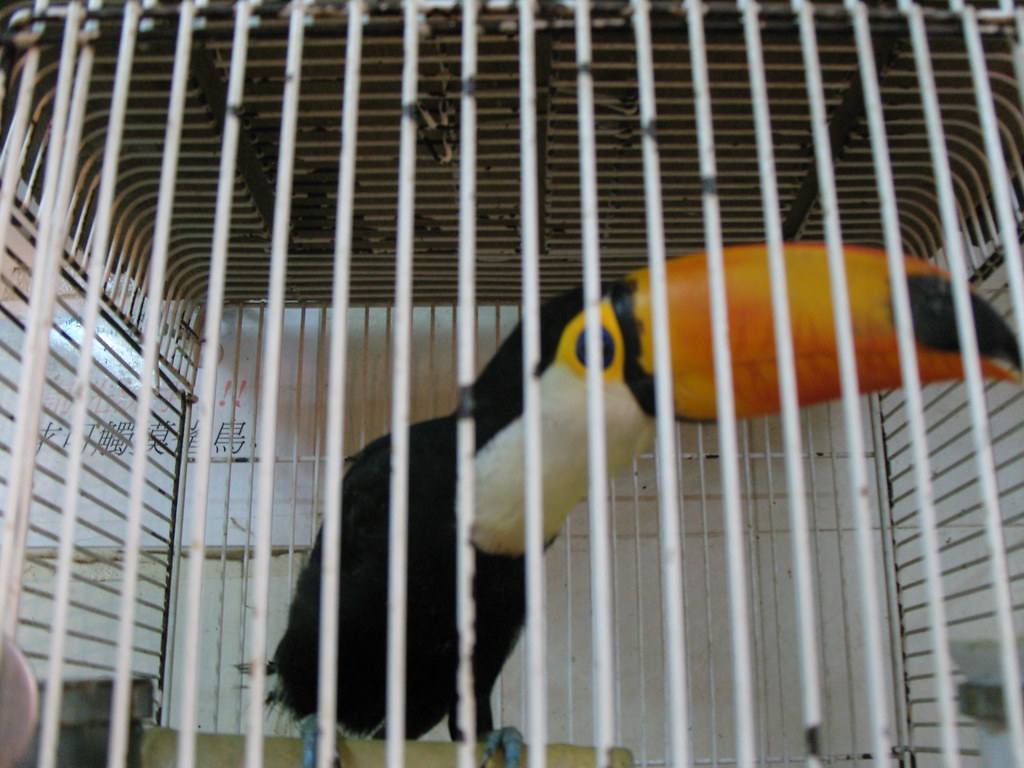
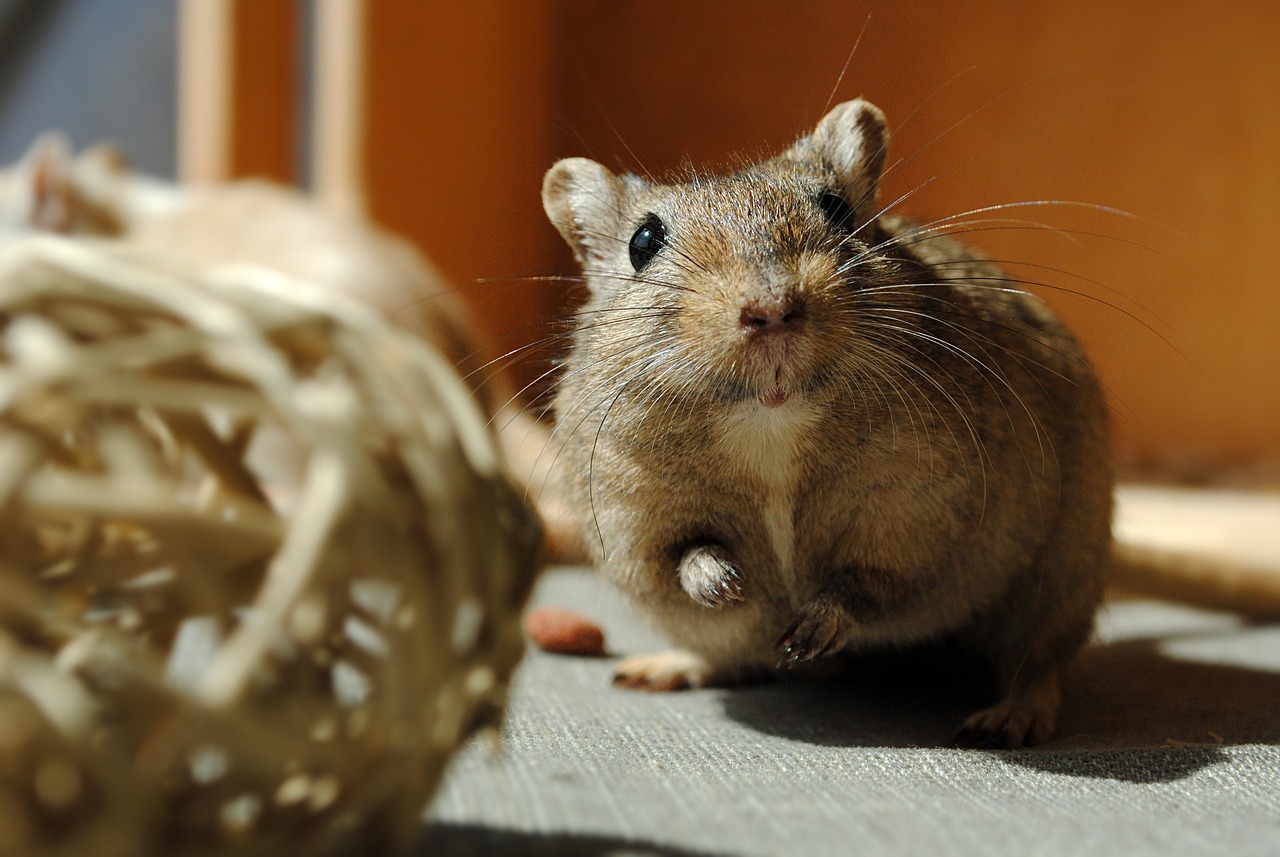
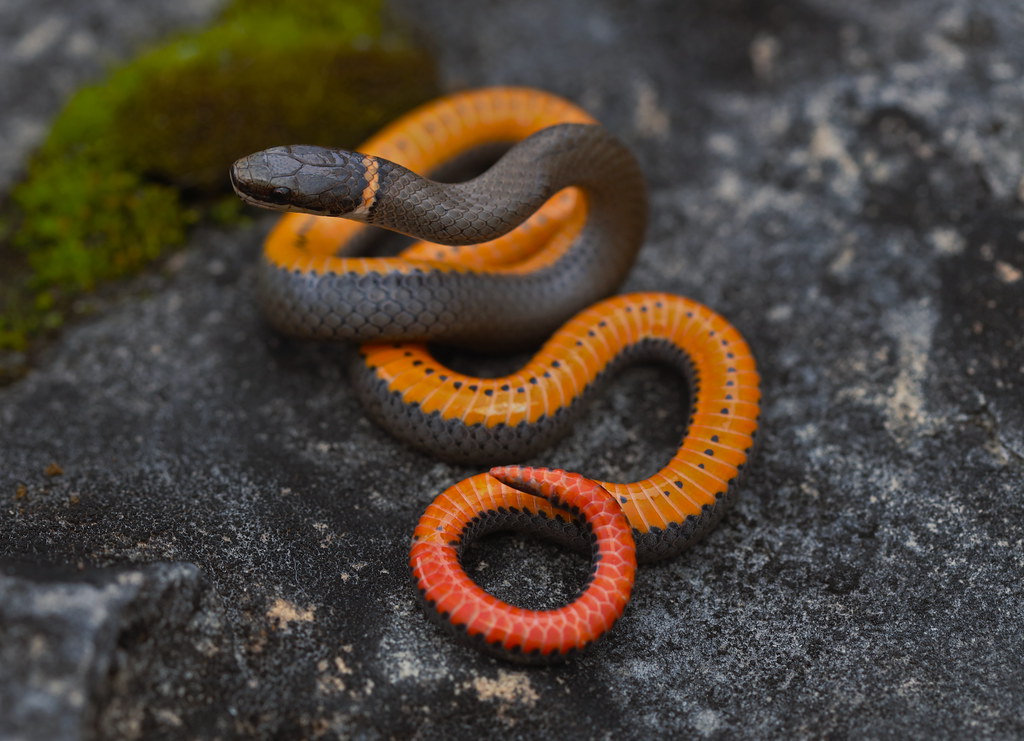
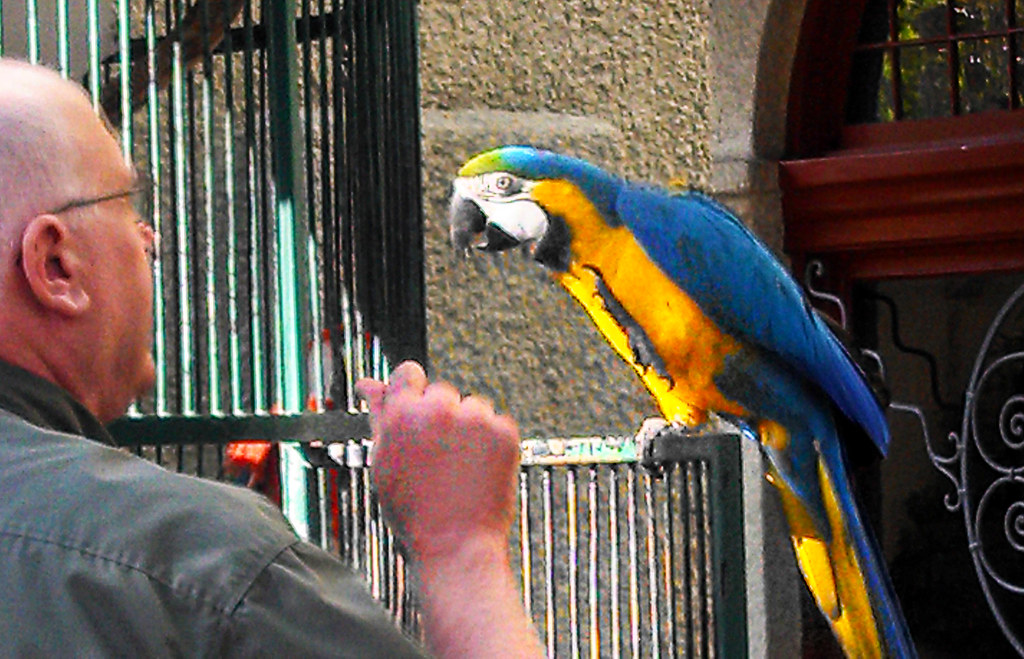
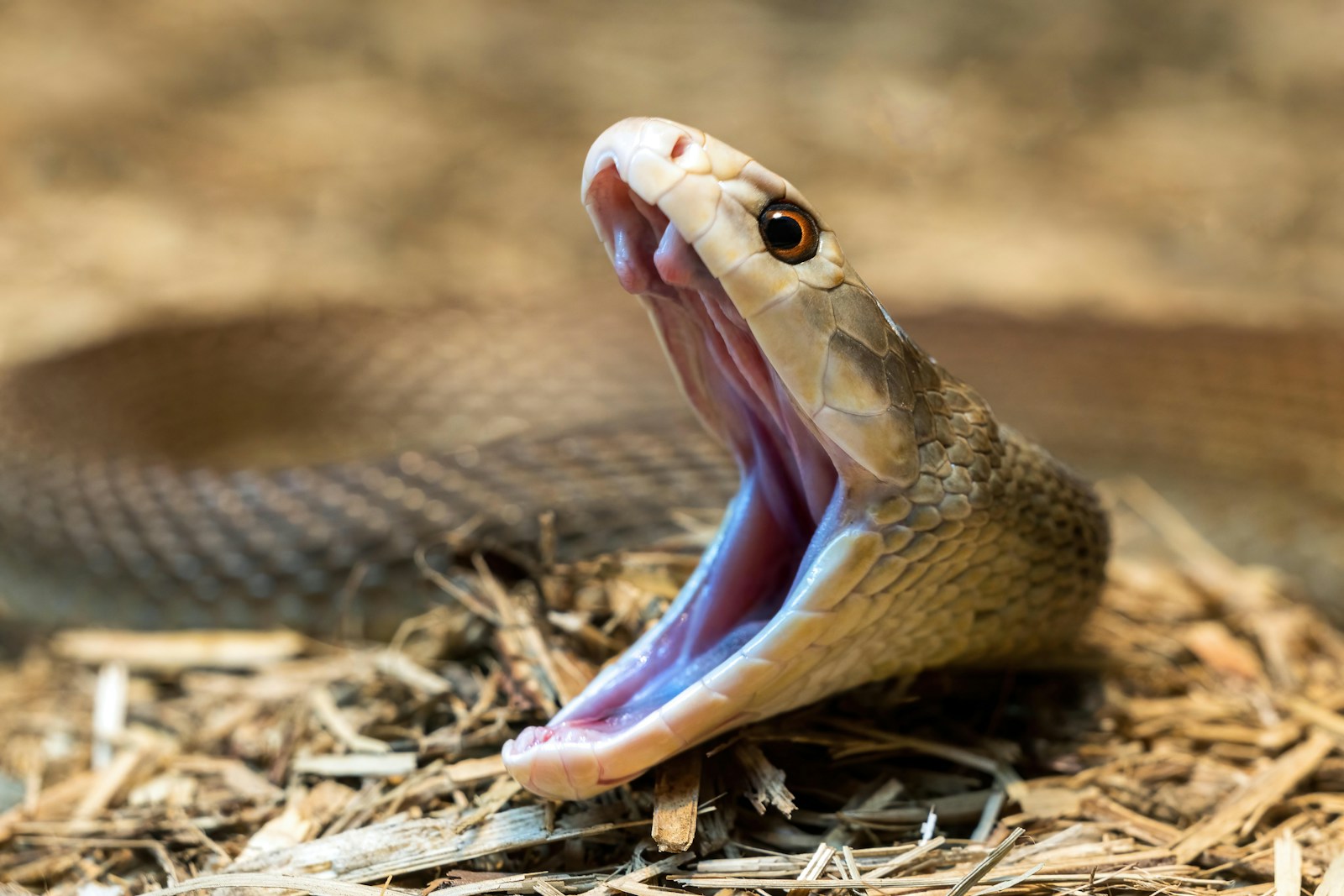
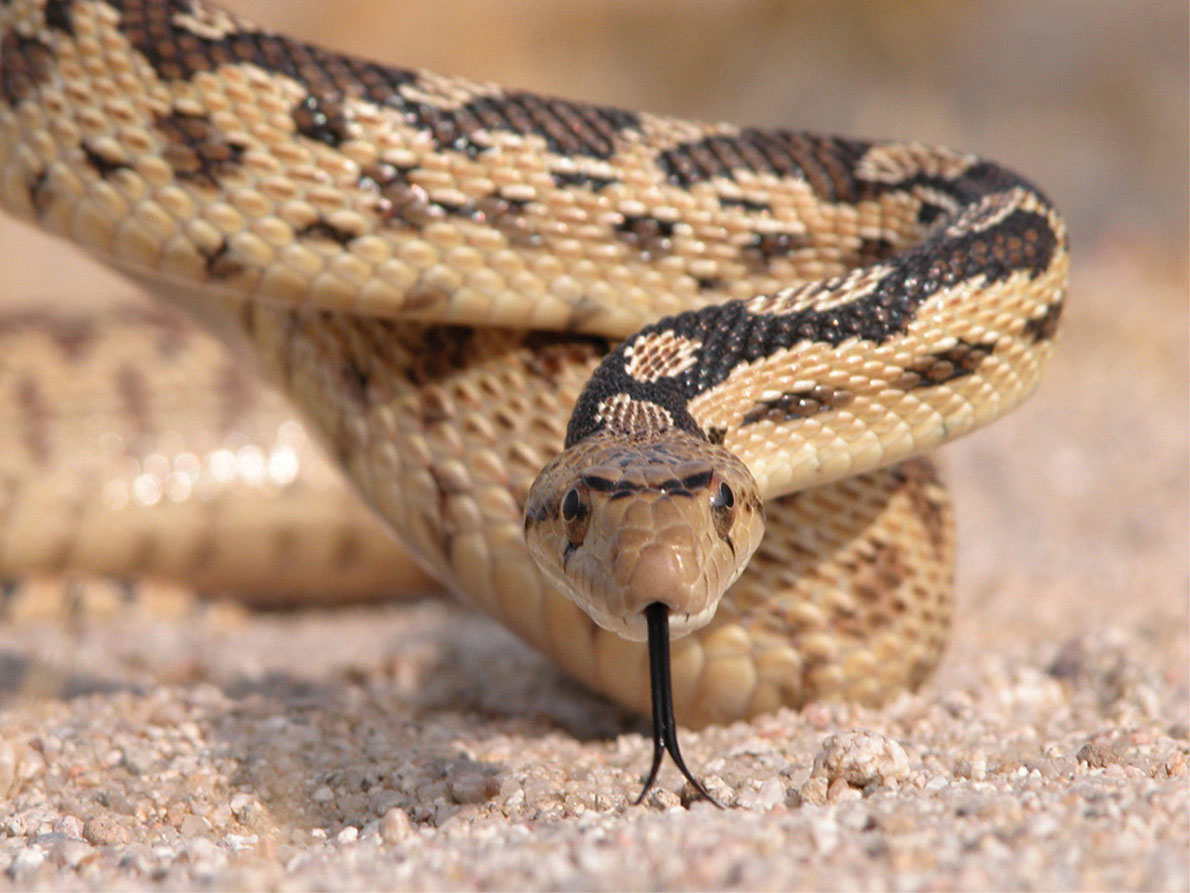
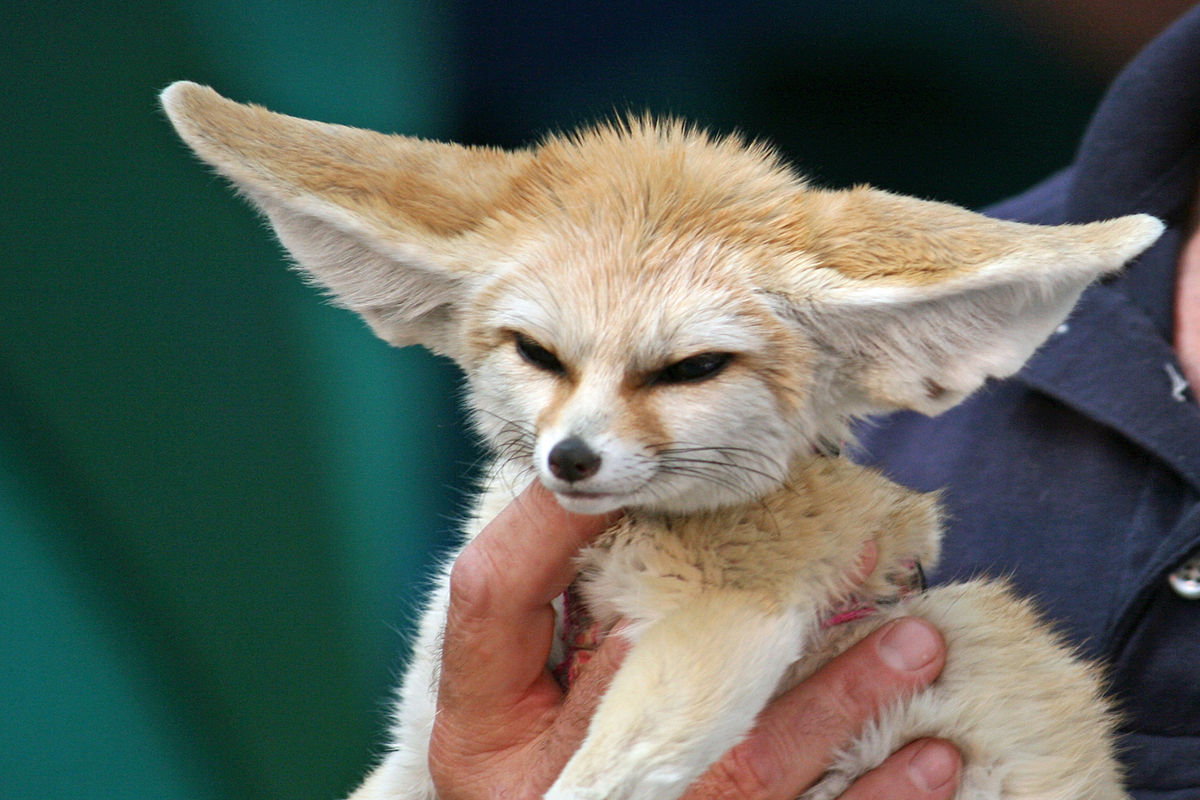



Leave a Reply